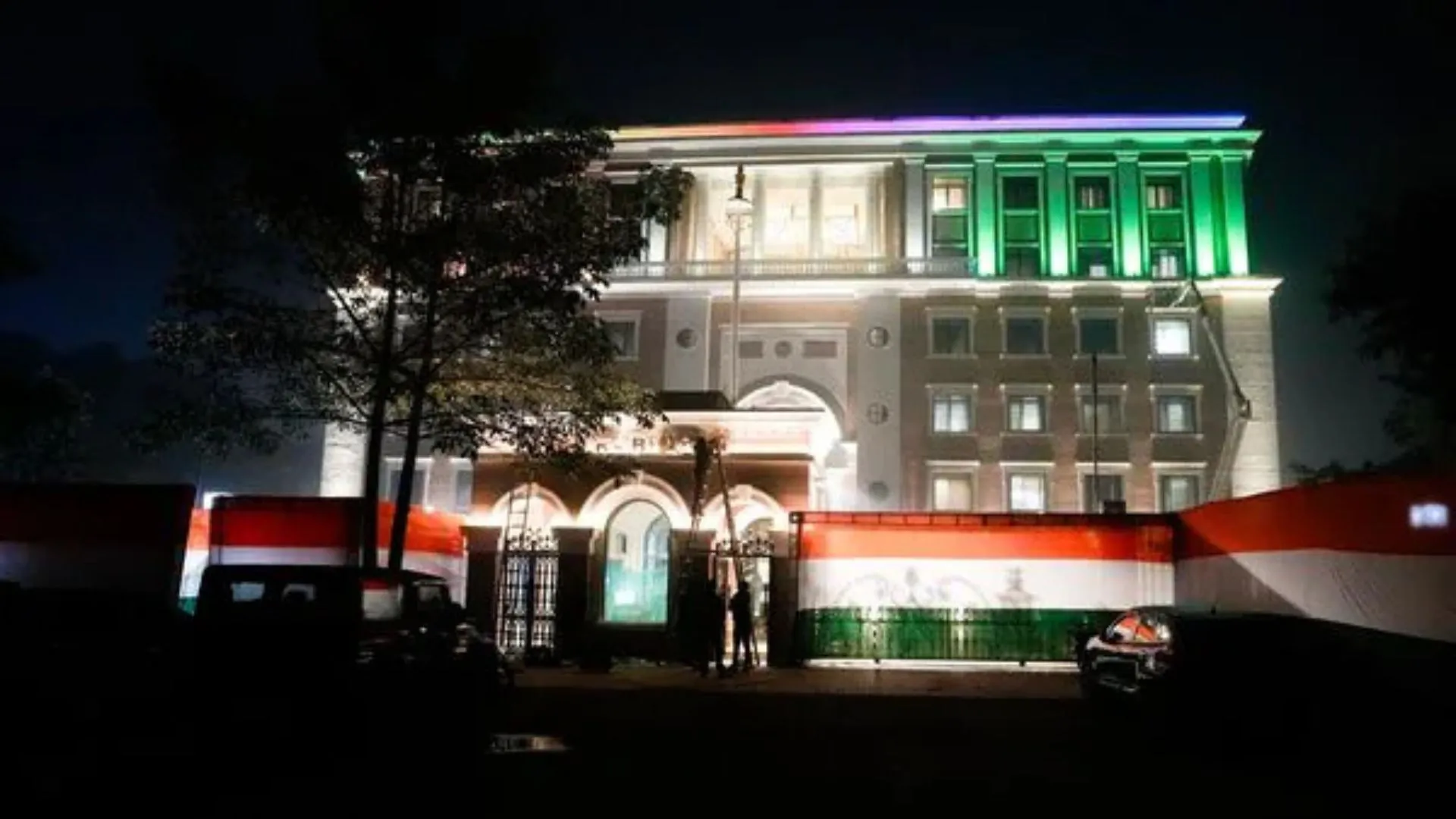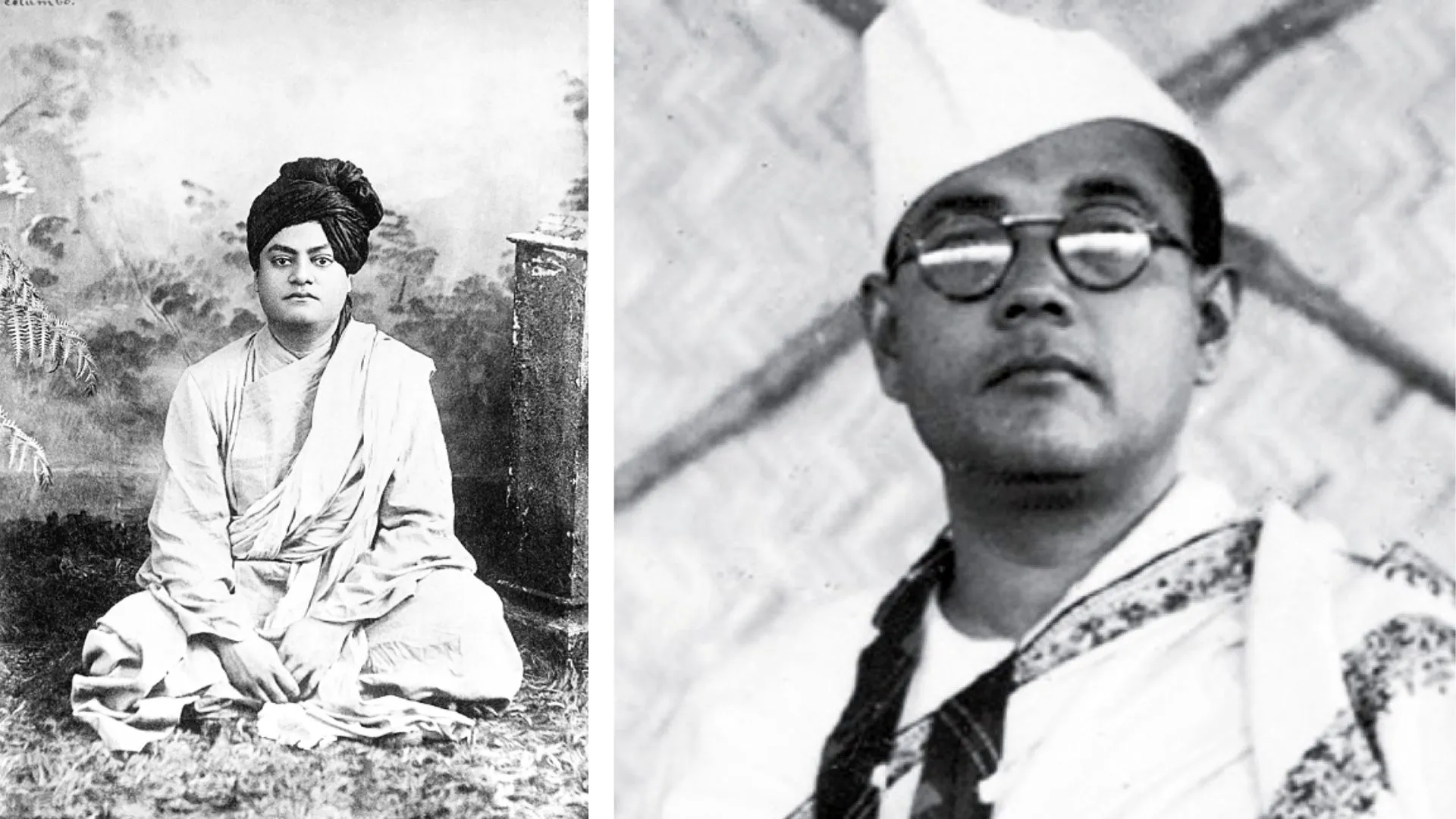The blossoming of the Semal, the Indian Silk Cotton Tree, is a sure sign that winter is fading from the capital. The bright red flowers bloom on the now leafless trees and fall to the ground with resounding thuds. It also marks the onset of the fierce summer months, where most of the city recedes indoors.
The Indian summer is often blamed for the lack of walkable streets in Delhi. The forbidding heat is seen as a stark contrast to the agreeable climate of European cities, often cited as the ideal of the dense walkable city. “It’s too hot to walk”, is a common complaint.
However, we forget that we have always had walkability in our traditional Indian cities. The climate in North India always necessitated shade and over millennia, there were several nifty urban settings that developed allowing for the inhabitants to traverse the neighbourhood while never leaving the shade. These lessons have been largely ignored during the laying out of formal spaces in contemporary Indian cities. Urban planning has focused on the optimisation of the movement of the car, not the human. Roads have been widened at the cost of trees, and pavements have been usurped for parking. The dependence on motorised transport is not unique to India. Throughout the 20th century, planners have focused on creating high speed routes through and around cities to allow car users to get from point to point as quickly as possible.
Thankfully, there is a resurgence of the idea of the walkable city globally. Mass transit and congestion has rendered the privately owned car almost redundant in most dense cities. It’s easier, often quicker to walk or commute via rail to cover a km in distance than drive and then try and find a place to park.
In Delhi, the idea of mixed land use is certainly not new. The walled city of Shahjahanabad may seem like an unfathomable warren of narrow alleys, but the width of the lane was a careful balance between the need for width in the street and the non-negotiable need for shade. The walled city was also a perfect mix of private residential spaces and the commercial and retail spaces lining the street. Daily needs could be met within a couple of minutes’ walk from the house and the streets were safe enough for the children to play too.
This model is duplicated widely in the urban villages of Delhi. Hauz Khas, Shahpur Jat and Lado Sarai are full of offices, eateries, residences and they prosper despite keeping the car out. The toniest of shopping enclaves in the city, be it Santushti or the area around the Qutb, are all car-free.
The sheer size of Delhi certainly prohibits one from walking for everything. It is a huge city, soon going to be possibly the largest agglomeration of people ever in one place. One can hardly imagine walking from Connaught Place to Okhla. Thankfully, the Delhi Metro is an efficient and sprawling network of rapid transit, carrying millions of passengers daily. The short walking trip, often colloquially known as “the last mile”, is then the key to creating the walkable environments that define all the great cities. Yet, no one wants to walk past dimly lit boundary walls on broken pavements. Worse still, the unshaded pedestrian paths are often blocked by parked cars. The informal economy has found a way past this unkind urban environment. These unpleasant edges are often appropriated by entrepreneurial street vendors who will capitalise on those walking by to sell their wares, be it fruits, vegetables or a shine for your shoes.
The draconian laws of Delhi stringently prevent mixed land use on the most deserving of these last mile stretches. Instead, markets are closeted into “dedicated” zones, isolated shopping centres scattered within the residential districts. The areas around these “markets” are snuffed out by parked cars and only the strategy of elevating the plazas, such can be seen in Basant Lok, keep the car at bay.
The simple and obvious fix to this is to restore the public edge to the public. The ground level of these streets should be allowed to be commercial and the pavement should be restored to the pedestrian. Rather than mandating what goes where, the evolution of these streets will naturally dictate what becomes active and what remains largely residential.
The intuitive nature of this argument makes one wonder why it is so rare to find such an experience among the formally planned areas of the city. Partially, this is also due to misunderstood vested interests. There is a fear that commercialisation creates traffic, whereas the presence of a wide pavement with an active street frontage is far more likely to attract walkers, not drivers.
The responsibility for implementation of these transformational regulations rests completely with the Delhi Development Authority (DDA). Tasked with developing the Master Plan for the city, it has highlighted the need for mixing land use (MLU) and some key arterial roads have already been notified to be as MLU.
There are several hundred streets of Delhi that would be radically transformed by this initiative. Pavements lined with flowering trees can shade pedestrians along active street frontages as they make short journeys by foot. Not only does this make for a healthier community, it reduces vehicular pollution and creates an attractive city experience.

Amit Khanna is an architect, urbanist and educator.























